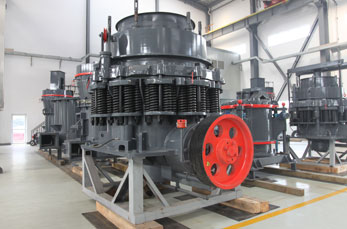Working a stone crusher involves several methods depending on the type of crusher, the material being processed, and the desired output. Here are the primary ways stone crushers operate:
1. Jaw Crusher
– How it works: A fixed jaw and a movable jaw compress the stone between them.
– Process:
– Material is fed into the top.
– The movable jaw exerts force, crushing stones against the fixed jaw.
– Crushed material exits at the bottom.
2. Cone Crusher
– How it works: Uses a rotating mantle inside a concave bowl to crush stones.
– Process:
– Material enters from the top.
– The mantle gyrates, compressing and breaking stones against the concave liner.
– Finer material exits through the bottom.
3. Impact Crusher (Horizontal & Vertical Shaft)
– How it works: Uses high-speed impact to break stones (hammers or blow bars strike the material).
– Process:
– Material is fed into a fast-spinning rotor with hammers/blow bars.
– Stones are thrown against impact plates, shattering upon collision.
4. Gyratory Crusher
– How it works: Similar to a cone crusher but with a steeper crushing chamber for primary crushing in large operations (e.g., mining).
 5. Roll Crusher
5. Roll Crusher
– How it works: Two counter-rotating rollers crush material between them (used for softer rocks like coal).
6. Hammer Mill Crusher
– How it works: High-speed rotating hammers pulverize .jpg) ne into smaller pieces (used for softer materials).
ne into smaller pieces (used for softer materials).
Key Factors in Stone Crushing:
– Feed Size: Larger crushers handle bigger rocks; smaller ones produce finer aggregates.
– Crushing Stages: Primary (coarse), Secondary (medium), Tertiary/Quaternary (fine shaping).
– Material Hardness: Determines crusher type (e.g., jaw for hard granite, impact for limestone).
Would you like details on maintenance or operational best practices?





Leave a Reply